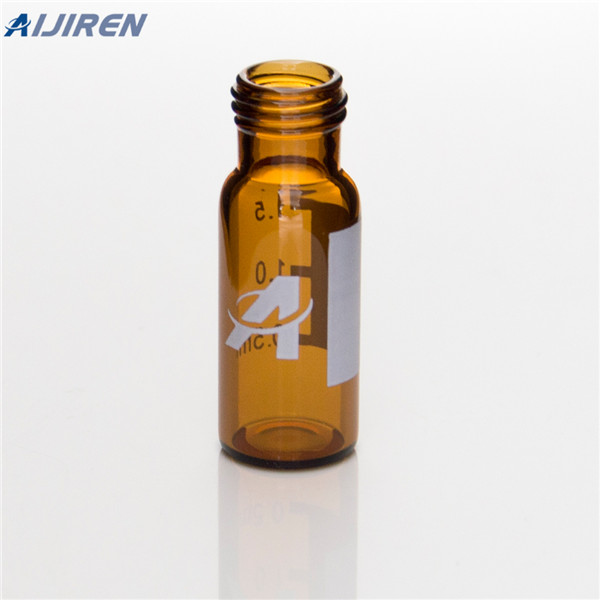
Jul 15, 2020 · We begin this short series by describing the principles and optimisation of perhaps the most straightforward of all the extraction techniques, Liquid-Liquid Extraction (LLE). No matter which ‘version’ of liquid-liquid extraction method you wish to use, there are some fundamentals which apply and perhaps principle amongst these is analyte

• Chem Elut products– for supported liquid extraction (SLE) reduce solvent usage and time over traditional liquid-liquid extraction. • Bond Elut SPE products– selectively remove interferences and/or analytes from challenging matrices. Choose from the largest selection of sorbent formats on the market today. www.aijiren.com/chem/sampleprep
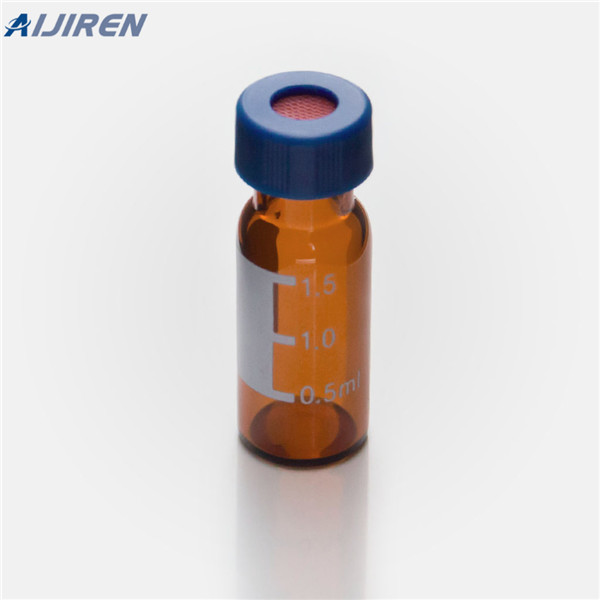
Feb 2, 2011 · Liquid-liquid (or solvent) extraction is a countercurrent separation process for isolating the constituents of a liquid mixture. In its simplest form, this involves the extraction of a solute from a binary solution by bringing it into contact with a second immiscible solvent in which the solute is soluble.
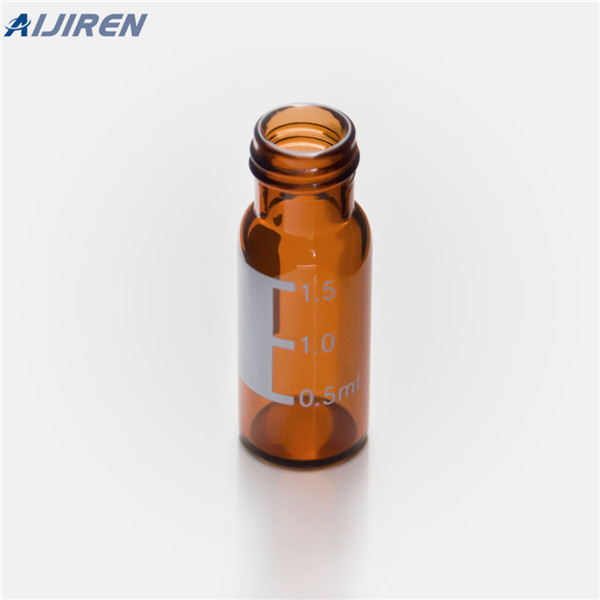
Sample preparation typically takes 80% of the total analysis time, and is traditionally described as the bottleneck in pesticide residue analysis. Conventional sample preparation approaches, liquid–liquid extraction (LLE) and solid-phase extraction (SPE), are still highly labor intensive and time consuming, consisting of many steps.1–3.

In microscale experiments, the conical reaction vial is the glassware item used for extractions. The two immiscible liquid layers are placed in the vial, and the top is sealed with a cap and a Teflon insert (with the Teflon side toward the inside of the vial). The vial is shaken to provide thorough mixing between the two liquid phases.
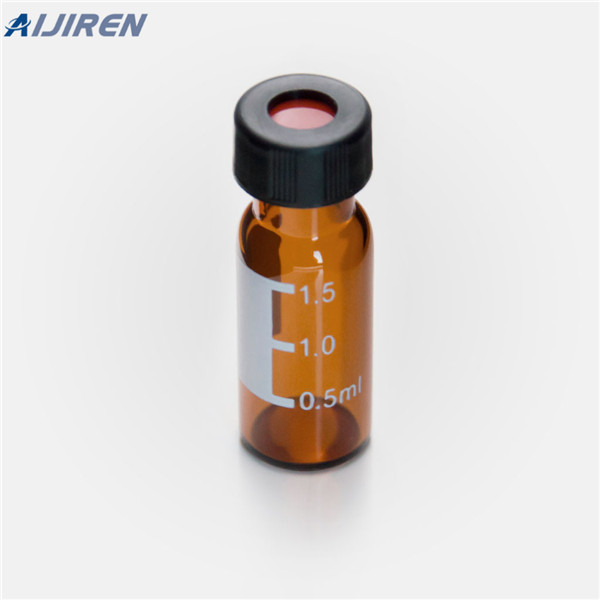
The analysis in GC starts with the introduction of the sample onto the column. It is also by far the most critical step in the entire analysis. The liquid sample is vaporized either inside the column itself or in a vaporization chamber positioned just in front of the column. The injection system should fulfill the following requirements:
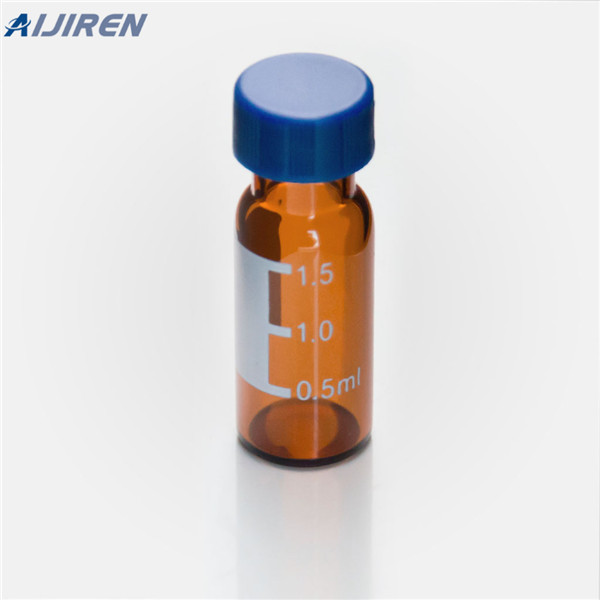
Jan 1, 2017 · Typical analytical processes for sample analysis are shown in Fig. 1.1 [11, 12].Various stages of these analytical processes prepare samples for HPLC. Processes can be generally classified into four operations: (1) release of analytes from a matrix, (2) liquid handling, (3) removal of endogenous compounds and extraction of analytes, and (4) enhancement of the sensitivity and selectivity of
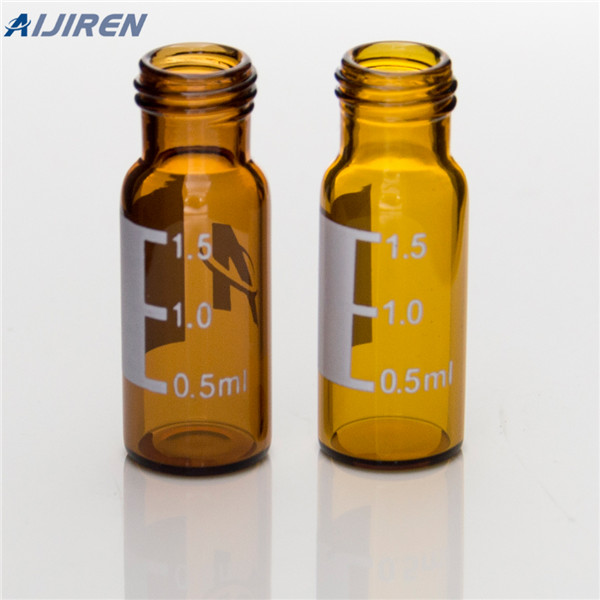
Figure 4.14: Single extraction of hyoscyamine (K ∼ 4) ( K ∼ 4) from water into diethyl ether. In this example, a single extraction resulted in extraction of 80% 80 % of the hyoscyamine (100% × 0.40g/0.50g) ( 100 % × 0.40 g / 0.50 g) from the aqueous layer into the organic layer. The partitioning of the compound between the two layers

Liquid-liquid extraction is an important separation technology for a wide range of applications in the chemical process industries (CPI). Unlike distillation, which is based on boiling point differences, extraction separates components based on their relative solubilities in two immiscible liquids.
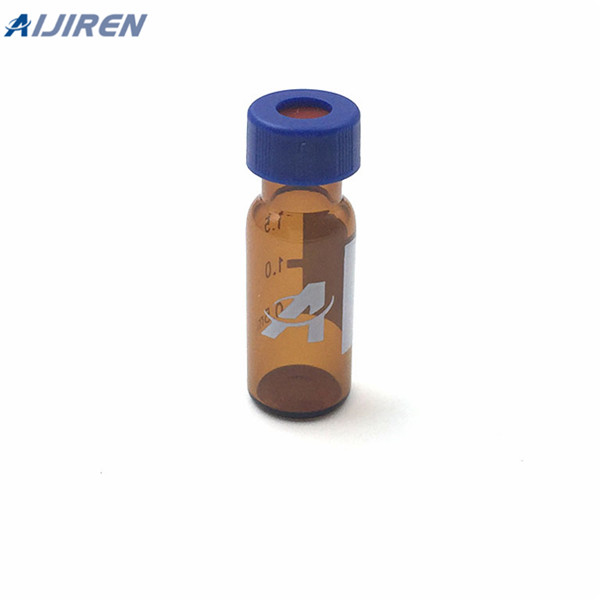
Jun 3, 2020 · This review aims to summarize current lipid extraction techniques used for untargeted and targeted studies based on mass spectrometry. Considerations, applications, and limitations of these techniques are discussed when used to extract lipids in complex biological matrices, such as tissues, biofluids, foods, and microorganisms. 1.
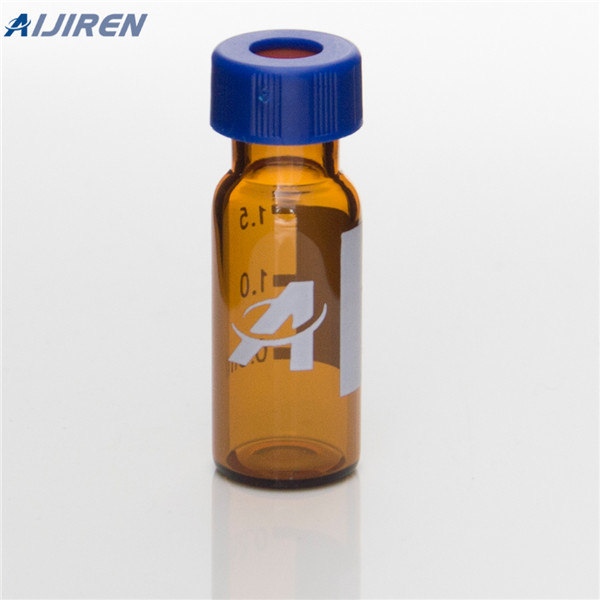
Aug 11, 2020 · After the evaluation of experimental conditions, the best conditions for the LLE extraction of VCs from urine samples were as follows: 2 mL of 1 M sulfuric acid and 2 mL of urine was added to a 10 mL glass vial containing 0.2 g of sodium sulphate. The vial was vortexed till complete salt dissolution.
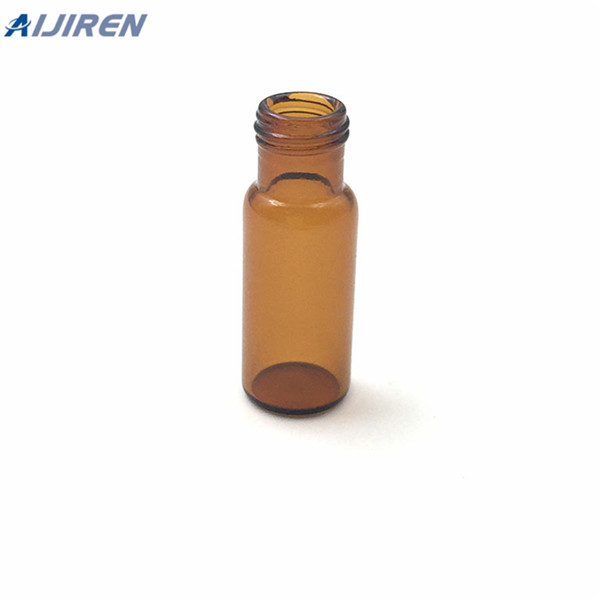
Apr 11, 2020 · Process and Equipment. Solid/liquid expression (often named pressing or pressure extraction) is widely used in the production of fruit and vegetable juices and in oil industry. It avoids the use solvents and can be considered as a type of green extraction (Chemat and Strube 2015 ).
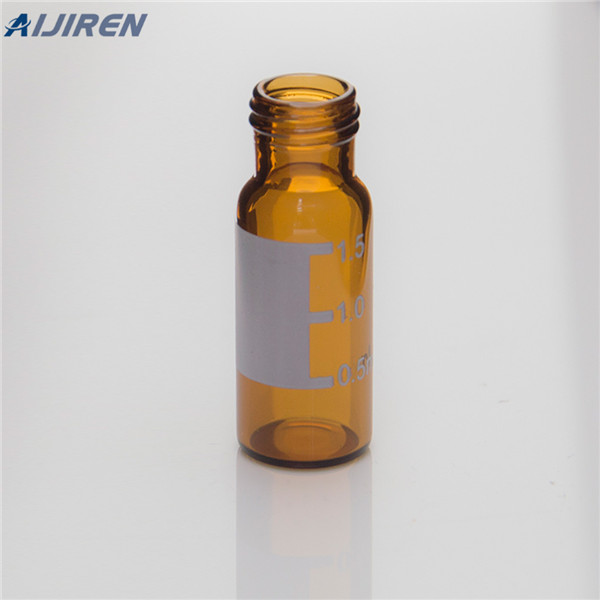
A separatory funnel would be impractical when working with such small quantities, and conical vials (Figure 4.35) or centrifuge tubes are typically used instead. Figure 4.35: Progress of the extraction of methyl red from the acidic aqueous layer (bottom) into the organic layer (top). The inversions were done very slowly in order to see the
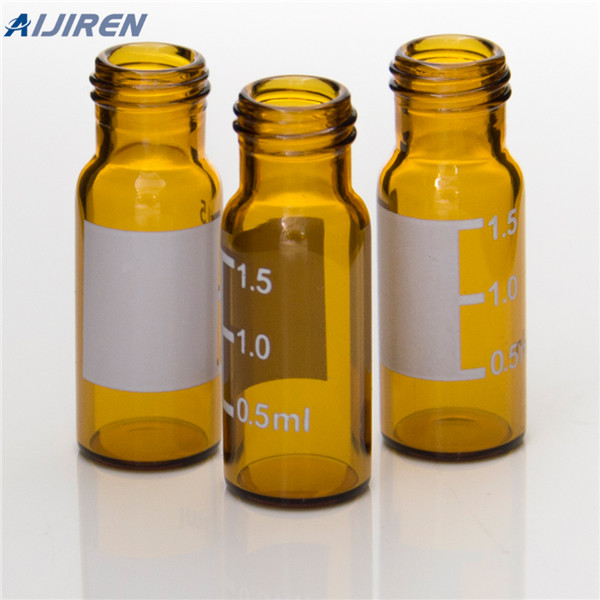
Jan 1, 2011 · Liquid–liquid extraction and solid-phase extraction are classical sample preparation techniques that have been used with various types of samples. The fundamentals of these two techniques, as well as several microextraction techniques based on the same principles, are described in this chapter. Application of these techniques to the sample
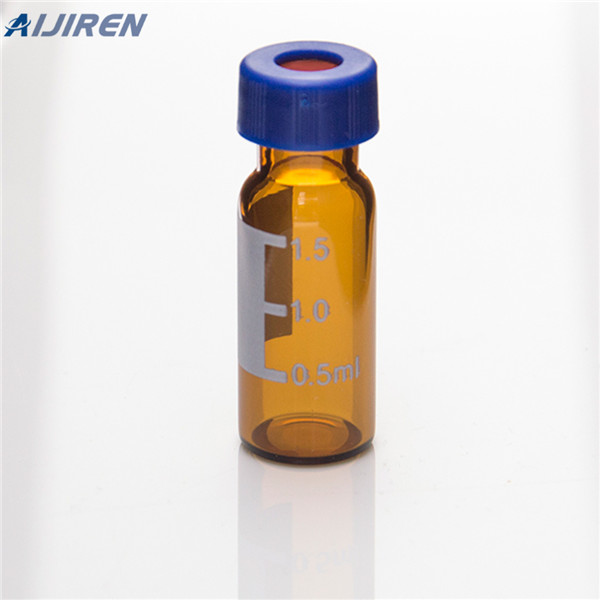
Aug 29, 2023 · Certain features of this process closely parallel aspects of chromatographic separations. The basic procedure for performing a liquid-liquid extraction is to take two immiscible phases, one of which is usually water and the other of which is usually an organic solvent.